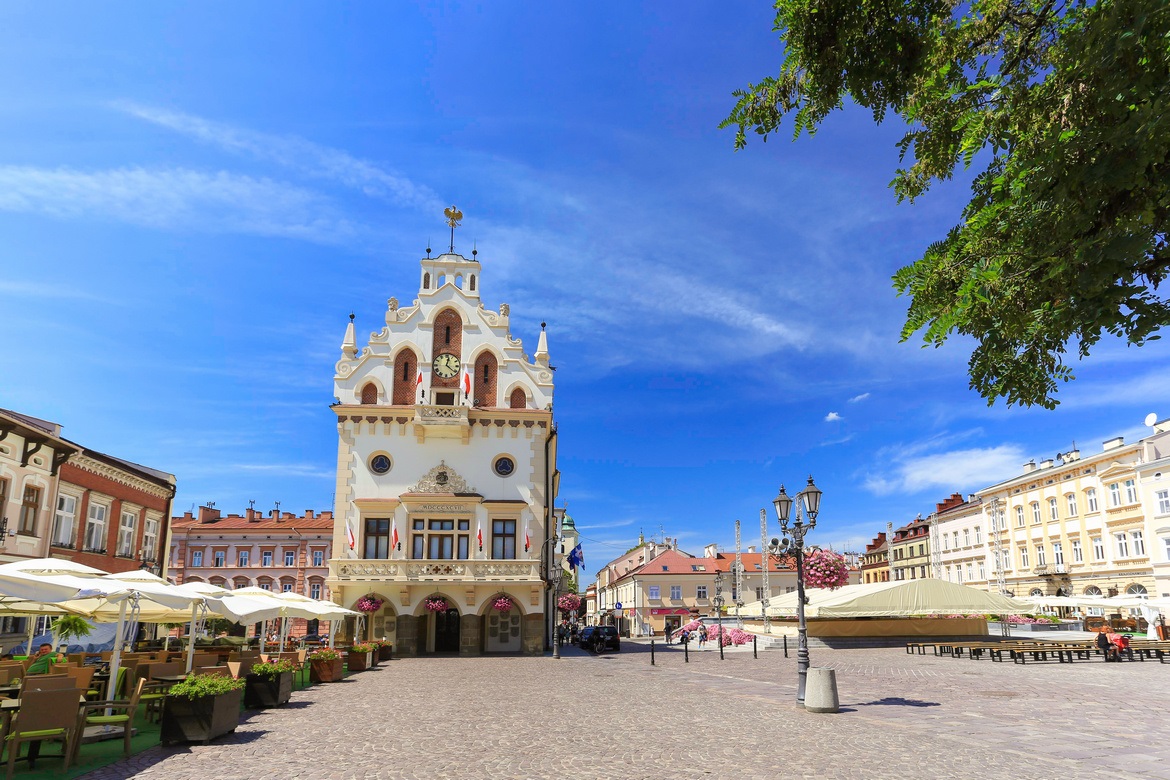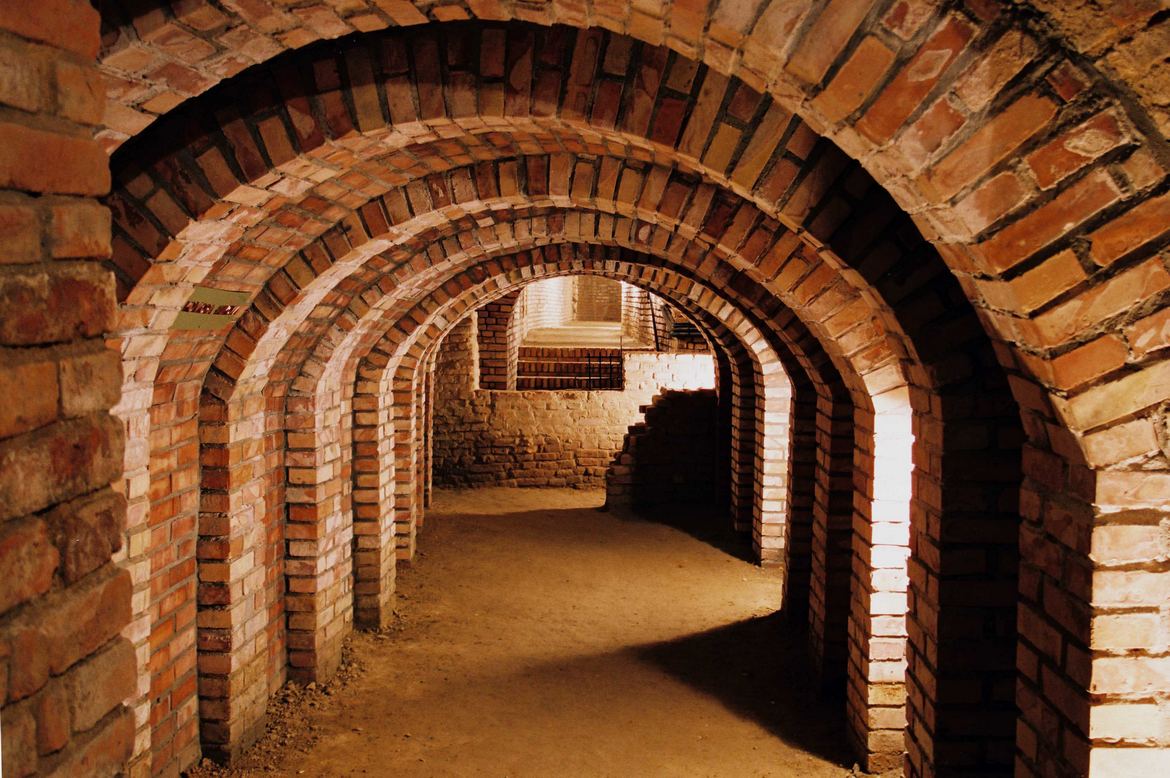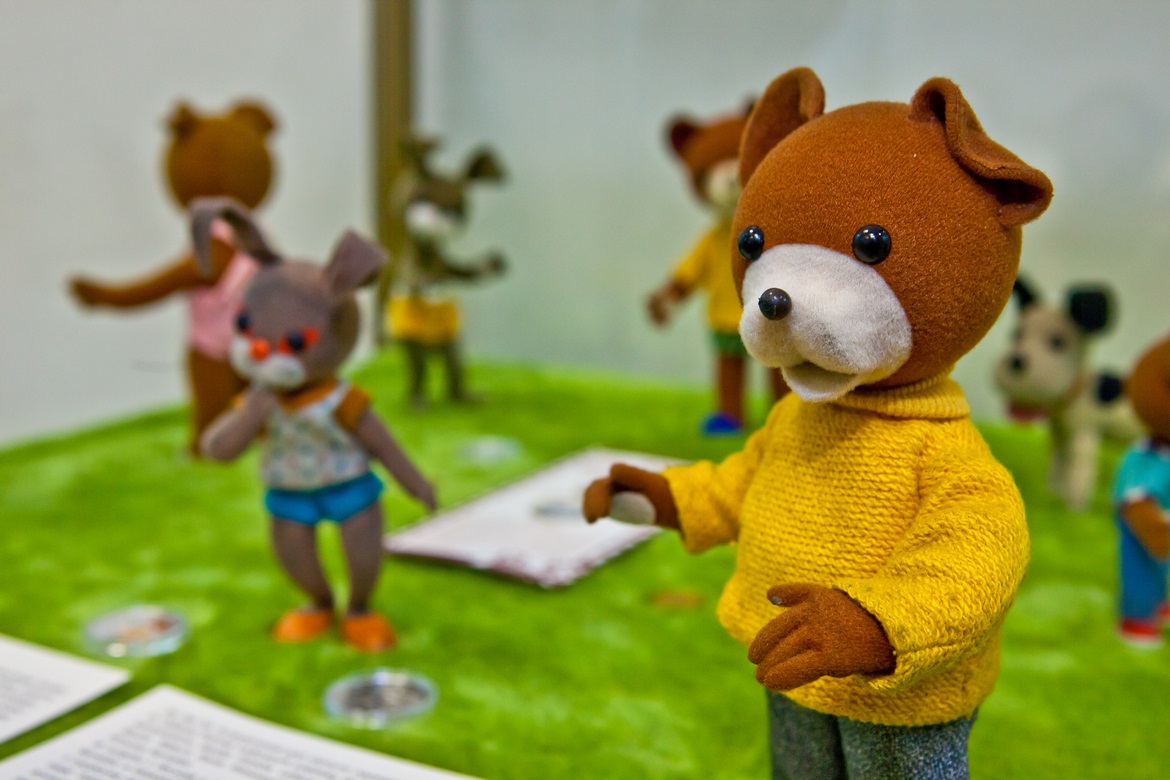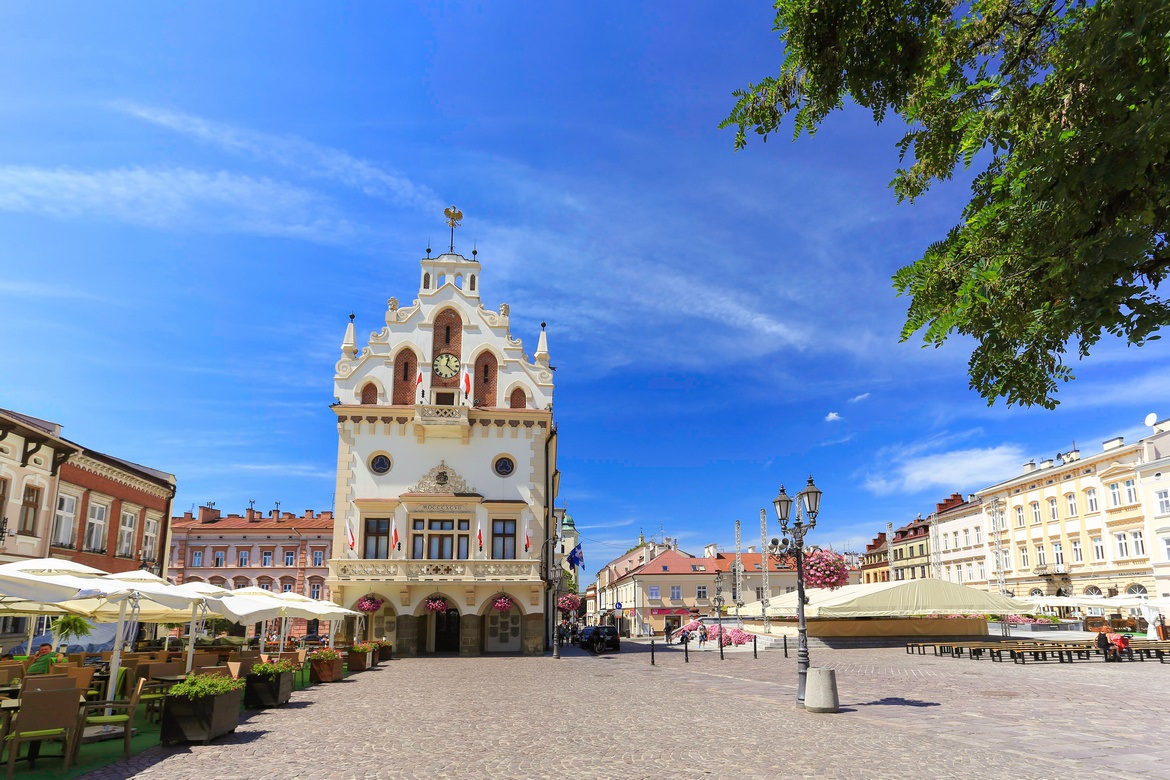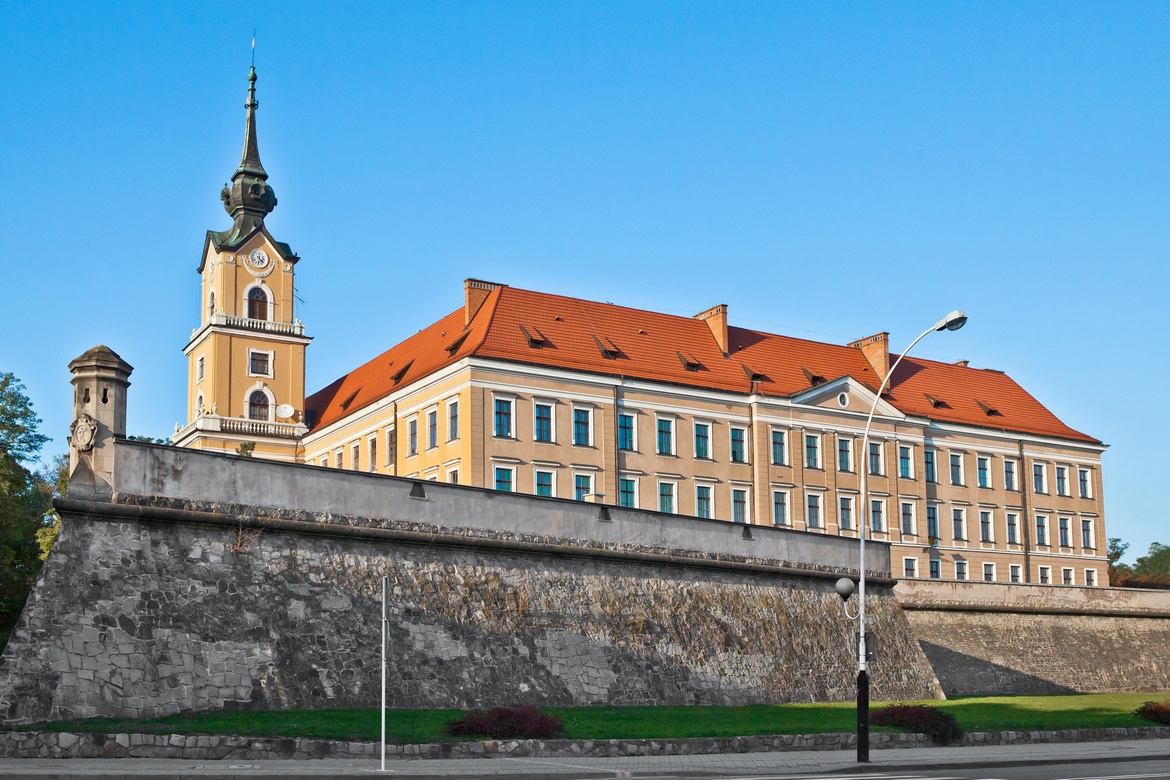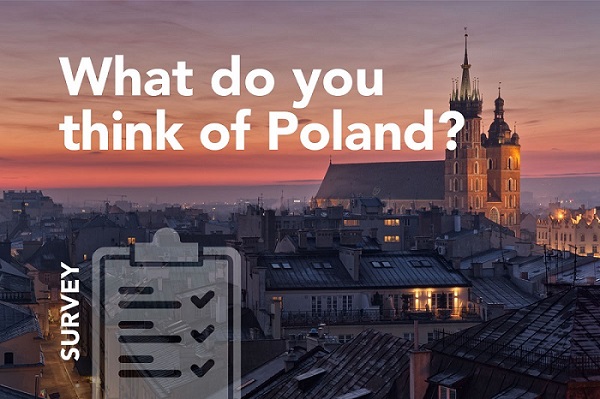Rzeszów
Rzeszów
Discover the charming capital of Podkarpackie province; the main economic, academic, cultural and recreational hub in south-eastern Poland with a fascinating history of Knights and legends…
Miracles on the River Wisłok
It’s hard to think city of this size that offers such an incredible variation of attractions: from grizzly punishment devices, torture chambers and a castle-fortress to stunning Art Nouveau villas, Rzeszów offers something for everyone. And who could forget Colargol (aka Barnaby), the most famous resident of the Museum of Bedtime Cartoons!
The popular Underground Tourist Route (Rzeszów Cellars) takes you on a journey 10 metres underground, through the 25 cellars and 15 corridors that together form a single, 369-metre route. This rather short walk is bursting with attractions that date all the way back to the Middle Ages. Replicas of stocks, a revolver using bullets with pepper or snuff and a sizable store of rather aged Hungarian Tokay wine are just a few of the many objects on display in the atmospheric brickwork interiors, carefully decorated with stone portals and cross-ribbed vaulting. Watch your head! One of the many twists and turns along the way will lead you to a glass door, through which you can peek out at the guests of the Ambasadorski Hotel’s restaurant, which is also located underground. You’ll find the entrance to the cellars in the picturesque, trapezium-shaped, Market Square, from which the city of Rzeszów first started to develop in the 14th Century. It was Casimir the Great who offered the city to Knight and diplomat Jan Pakosławic, who later changed his surname to Rzeszowski after the city. Legend actually has it that an earlier nearby village belonged to a man called Rzesz, but the beginnings of settlement here date back 6,000 years.
The Must-See Sites
Aside from the Underground Tourist Route, number one would be Rzeszów’s beautiful and quaint Market Square, which forms the heart of the Old City. Like a proud bodyguard standing watch, the elegant, coffee-and-cream coloured City Hall building takes centre stage. Built in the 16th Century, it gained its present appearance in the late 19th Century following restoration works. The City Hall is the main drawcard of the Market Square and without doubt the most distinctive building in Rzeszów.
Building number 6 on the square houses the Franciszek Kotula Ethnographic Museum, where the distinctive red skirts with dark blue stripes and dark blue embroidered waistcoats of Rzeszów women and the traditional white costumes with stunning red embroidery worn by another ethnic group, Lasowiacy, are on display. Children may not find the costumes interesting, but they will love large collection of post-war toys. To learn more about the city’s history, pop along a few doors and visit the Rzeszów History Museum at number 12.
Another must-see is the striking square fortress structure that makes up Lubomirski Castle, which today houses the District Court. Its distinctive stone structure has four defensive bastions protecting it, all named after saints – Francis, Andrew, Jerome and Mary – and their corners are topped with turrets. Originally, the castle was actually intended to be an example of the palazzo in fortezza (fortified palace) Italian model that was very fashionable during the Renaissance. A curious local legend reveals why, despite moats and bastions, the Russians still successfully invaded the castle that was furiously defended by the Bar Confederates. The legend says that a miller called Luder, who’d been whipped by the lady of the estate, Joanna Lubomirska, took his revenge on “their lordships” by setting fire to the bridge leading to the fortress when the Confederates had left to attack enemy positions, effectively blocking their return. Before that, the structure had resisted Tatar invasions and the Swedish Deluge (the Poland-Sweden war). In September 1939, the Germans held Wincenty Witos at the castle, urging him to form a Polish puppet government, but the three-times former Polish prime minister repeatedly refused.
The Lubomirskis’ small summer palace lies very close to the castle, and a short walk away you’ll come to the picturesque cobbled pavements of Pod Kasztanami Avenue, with its incredible row of Secession (Art Nouveau) houses. The elegant building at number 6 is adorned with a bust of poet Adam Mickiewicz, the villa at number 8 with its bright green windows and doors is an example of the Swiss style, and the house at number 10 – Under the Owl – looks rather like a storybook little castle, with a unique sgraffito chubby sun-face peering out from its facade.
Knights, Churches and Legends
Fun fact: The only known knights’ tombs in Poland that are decorated with the busts rather than the usual full figures of the deceased are right here in Rzeszów. If you’re into this kind of thing, also worth visiting are the late-Renaissance gravestones that mark the final resting place of the Rzeszowski family members. They are found in Rzeszów’s oldest church, the Parish Church of Saints Stanislaus and Adalbert, and were most probably made in the workshops of a pupil of Santi Gucci, the famous court artist of Sigismund the Old, Stephen Báthory and Anna Jagiellon.
If you’re fond of religious sightseeing, don’t miss the Bernardine monastery complex. Pilgrims come to visit the Sanctuary of Our Lady of Rzeszów – the late-Gothic wooden figure is a reminder of the apparitions of the Virgin Mary witnessed here. A bit of trivia for you: the crowns on Mary’s long hair have actually been stolen many times. The church houses the mausoleum of the Ligęzas, who took over the city after the Rzeszowski family. Mikołaj Spytek Ligęza, who founded the monastery, was buried under the church threshold. He was the one who first started building the castle, and who also made sure the Rzeszowskis’ remains were given a worthy burial in the parish church. He was known as a generous founder of churches, hospitals and poorhouses throughout the city. In July and August, Rzeszów’s biggest churches welcome visitors to the Podkarpacie Organ Festival.
It’s not far from here to the beautiful Wanda Siemaszkowa Theatre, which was established by the famous actress towards the end of World War II in what was previously the Sokół (Falcon) Gymnastic Society. Actors that have passed through here include the future great theatre directors Kazimierz Dejmek and Adam Hanuszkiewicz. As well as hosting the Rzeszów Theatre Meetings and the International Theatre Poster Biennial, the theatre is also home to Poland’s only permanent gallery of works by avant-garde painter, stage designer and theatre theoretician, Józef Szajna.
One attraction you definitely don’t want to miss if you have children is the Museum of Bedtime Cartoons near the Market Square, where they’ll discover many favourite Polish animated cartoon characters: Teddy Drop Ear, Plastuś the little plasticine man, finger puppets Jacek and Agatka and the super famous bear, Colargol (or Barnaby, as he’s commonly known overseas).
To relax, recharge, take in some fresh air and admire some of the city’s fine nature, the boulevards on the banks of the River Wisłok are the green heart of Rzeszów, boasting great cycle paths, plenty of places to rest and lush vegetation.
Every year on May 3rd, the city celebrates the Paniaga Festival, a popular cultural explosion that fills the streets with colour, food, music and pride. The name comes from the nickname of what is today Maja Street, the city’s main promenade, which was known as Pańska Street – referred to as Paniaga by residents – during the Austrian partition. The festival has a different theme every year and features a wide selection of crafts fairs, dance parades, concerts and performances. If you want to see Rzeszów at its most alive, this is the time to visit.

